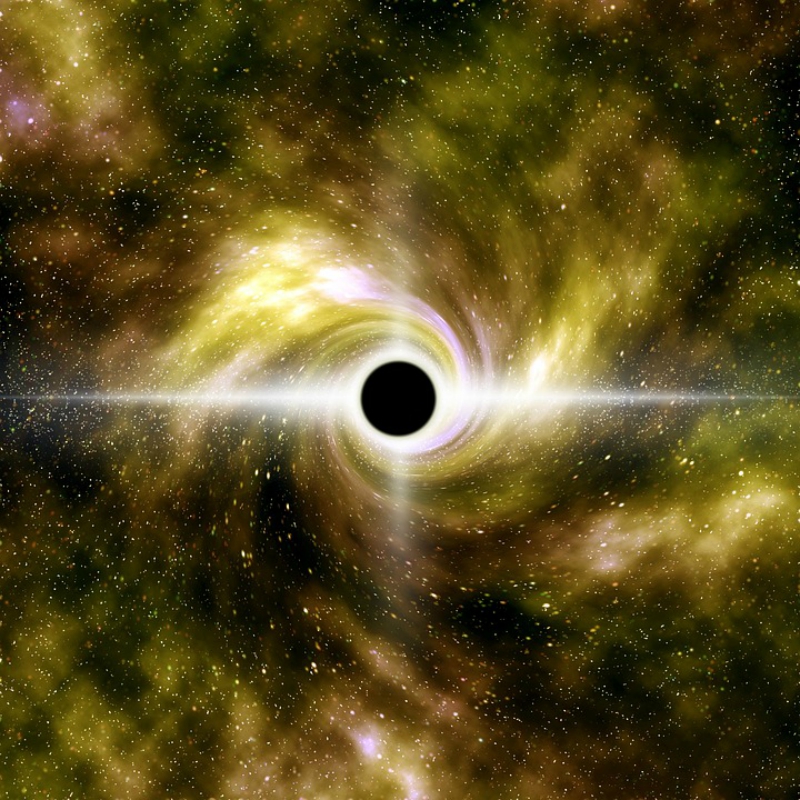
(In a news release for Tuesday’s announcement of the gravitational wave, the LIGO and Virgo researchers hoped to tamp down some of the speculation: “LIGO and VIRGO’s partner electromagnetic facilities around the world didn’t identify a counterpart for GW170814, which was similar to the three prior LIGO observations of black hole mergers. In mid-August, these telescopes were all abruptly aimed toward the origin of a gamma-ray burst, an explosion predicted to come from the impact of two neutron stars. If so, it is an event that might also have been seen on the electromagnetic spectrum by telescopes like Hubble and the Chandra X-ray Observatory. In fact, since mid-August, rumors have circulated that the detectors sensed gravitational waves from colliding neutron stars on Aug. “This proves we are now ready to do that kind of astronomy,” Gonzalez said. Knowing exactly where a gravitational wave came from, Gonzalez said, will help LIGO scientists correlate their detection to optical counterparts – heralding a new era of astronomy in which celestial events are “heard” as well as “seen.”

Whereas black holes emit no radiation and are impossible to directly observe, other potential sources of gravitational waves – colliding neutron stars, supernovas, binary star mergers – can be seen through conventional telescopes. The precision becomes even more important as gravitational wave detectors begin to detect signals from events involving objects other than black holes. That’s a space 10 times smaller than if Virgo hadn’t been listening in as well.

(“Square degrees” are the units with which astronomers measure the celestial sphere of the night sky the full moon takes up about 0.2 square degrees, the large constellation Hydra covers 1,303.)Īstronomers said they were able to trace the gravitational wave, GW170814, to a region of sky of 60 square degrees.

“We go from hundreds of square degrees, almost thousands, to only 30 square degrees,” Gonzalez said. This advertisement has not loaded yet, but your article continues below.


 0 kommentar(er)
0 kommentar(er)
